Everyone is known black, red and white currant. But the variety of pink currants not so long ago the love and respect of connoisseurs of delicious useful berries. According to many gardeners, pink currants possesses one of the best taste characteristics among all types of currant. The main advantage of culture is the absence of acid in berries. And if you consider overall endurance, dough and frost resistance of the plant, becomes clear the rapid spread of shrub on the territory of our country. How to put and care for a berry culture, in this selection of material.
Currant pink, plant description
Currant refers to the gooseberry family and includes about 200-tons. Moreover, the wild representatives of this kind were known in Russia from the 11th century, when the monks have transplanted forest currant and cultivated the berry on the monastery courses.
- Currant is spread almost all over the world: from Europe to Asia, from America to Argentina. Shrub grows perfectly even in the harsh conditions of Siberia and the Far East.
- The most famous and popular culture is 3 types of currant: black, red and white.
- Pink currant is a befroodine befroodine and is a spreaded shrub with flawed leaves. In fact, the appearance of the plant is no different from its "related" species.
- Currant flowers are located in the brushes, after the fertilization of which, the fruits are affected - the juicy rounded berries of the pink color.
- Rose currant berries are distinguished by a pleasant sweet taste with a slight nutmeg aroma. They are used both in fresh form and in recycled (in the form of jams, jelly, horses and compotes).
- The fruits of pink currant rush later and more friendly than, for example, black currant, so the berries are held on the branches for a long time, sometimes to the most frosts.
- Especially useful to use currant berries in a fresh form, since they contain a lot of useful vitamins (C, B1, B2, A, RR, E, K), pectins, acids and trace elements (copper, magnesium, iron, silver, phosphorus, manganese, iodine ).
Varieties of pink currants
To have fresh currant berries on its table throughout the growing season, it is necessary to plant varieties with different maturation terms: from the earliest until later.
Compared to other species of currant, pink currants has a sufficiently limited number of varieties. Consider the most popular and proven form gardeners.
Currant "Pink Pearl"
- The "Pink Pearl" variety has a Canadian origin and was removed in the second half of the 20th century.
- A distinctive feature of the variety is the sweet taste of large berries, absolutely not having, characteristic of other species of currant, kitchen. Berries are suitable for consumption in fresh or recycled form.
- Croon Middle Relocked Shrub Scrawling, Compact. Thanks to the dense designers, the currant berries are protected from solar burns.
- The root system is branched, with a large number of lateral processes providing bush moisture and necessary nutrients.
- Fruiting can last to the first frosts, while the flavoring qualities of the berries are not lost.
- This variety is rightfully recognized as a high-yielding culture that allows you to get more than 7 kg of berries with a bush.
- The variety is considered hardy and unpretentious, resistant to most fungal diseases.
Currant "Pink Muscat"
- The name of the variety is associated with the taste characteristics of berries with a pleasant nutmeg aroma.
- The plant prefers outdoor sun terrain or light half. High abundant yields are obtained on fertile sampling or subliblished soil types.
- Flowering field currant shrub forms long brushes with large berries bright raspberry.
- The variety is considered early, harvesting begins in the second half of June.
Currant "Pink Rose"
- The grade of the pink currant of the middle time of fruiting.
- The bush is a heavy-resistant, weakly spread with pink dessert flavor berries.
- The weight of the berry is about 1-1.2 grams. The yield and the degree of resistance to diseases is high.
Currant "Rossoshanskaya Pink"
- This variety of pink currants is recognized as one of the best among gardeners.
- Rossoshanskaya Pink is characterized by a large size of bright pink berries and high yield. From one shrub, you can collect about 5-6 kg of juicy berries. In addition, the variety is distinguished by high taste.
- Culture refers to gravity samopidal varieties with average maturity. The harvest fee is usually as a rule for August.
- The currant shrub grows high, but not too thickened, the branches are rarely located, without shading each other.
- A variety has increased frost-resistance and immunity to many diseases.
Currant «Dutch pink "
- Lovely variety of pink currants with a scattering, but not too thickened crown. Height reaches up to 1.5 meters.
- Berries of large sizes, 10-15 pieces in the brush, have a beautiful dessert taste (with light sourness), but are not intended for long-term storage, so more often used in the fresh form.
- "Dutch pink" currant is resistant to low temperatures, drought and is characterized by a high immunity to diseases.
- High yield, up to 9 kg from one shrub.
Currant Pink "Juggling"
- The hybrid variety obtained when crossing white and red currant. Bred in Belarus.
- The average high-yielding shrub with straight fat shoots and a weakly spreaded crown.
- Berries are quite large, light pink and sour-sweet taste. Ripening (0.6-0.8 g) berries falls on July.
- This variety of currant is considered the most ferozen-resistant and low-sensitive to mildew. Except for sheet spiders.
Currant pink "Rose Chair"
- Sweet dessert grade with a weakly spawned not too thickened crown.
- Currant is characterized by the average timing of ripening. Berries light pink color, weighing about 0.5 - 0.8 g. From one bush, you can collect up to 5 kg of berries.
- This variety is resistant to frost and diseases such as anthracnose and mildew.
- Still plant preferring solar sections and nutritious light soil.
Currant pink "wonderful"
- Scrimilted grade with early ripening time. Harvesting begins in the first half of summer.
- Berries are characterized by large sizes reaching in diameter more than 1 cm. Berries of juicy, bright pink color, have a pleasant sweet taste with light sourness.
- High-yielding grade, allowing to collect up to 8-9 kg of berries from one shrub.
- Currant pink "wonderful" has a high winter hardiness and resistance to disease. Culture prefers well-warmed solar plots.
Currant pink "Lyubava"
- Highly productive hybrid variety of medium ripening time.
- Shrub of medium thickening, with straight shoots and large brushes forming up to 16-20 berries on one brush.
- Berries rounded light-pink shapes, 0.8-1.0 grams, have a sour taste.
- This variety of currant pink perfectly tolerate frost and drought, differs in high productivity with regular fruiting.
Where and how to buy pink currants?
To grow on its plot a full-fledged high-yielding bush currant pink, it is important to choose the right seedlock for planting many years of culture.
- Landing material (seedlings) can be bought in specialized nurseries, in garden shops or at exhibitions - sales. It is best to acquire zoned seedlings, i.e. Grown and adapted to the conditions of a particular region.
- The best age suitable for landing is considered to be 1-2-year seedlings of pink currants (having several shoots up to 25-30 cm long).
- When buying seedlings pay attention to the condition and development of its root system, the flexibility of shoots. Roots, as well as shoots, should be without visible damage or signs of rot. A good root system will be represented by several (2-3) skeletal roots and multiple apparent roots.
- If the seedlock had to be transported, and at the same time his root system dried, such roots must be placed for 2-3 days in water.
- According to the reviews of many gardeners, pink currants attracts its high taste (with a high sugar content and a small amount of acid), large-capacity berries, stable rich crops, increased frost resistance and persistent immunity to most diseases.
Planting pink currants
Pink currants, in contrast, for example, from black varieties, is considered a more enduring and unpretentious culture. Consider the key rules for planting this berry culture.
Place and time of planting pink currant
- The best time for planting pink currants is the first half of autumn, when seedlings have time to adapt and root in a new place, before the onset of winter cold weather.
- Choosing a place for planting pink currants, it is necessary to stop the choice on solar sections protected from open gusty winds and drafts. The yield of culture will be directly dependent on these factors, since the yagoda shadow mature small and not as sweet.
- As for the soil, the optimal variants for currant are black-earth loams, although culture can well grow and develop on other soil types. The main condition is lightweight, fertile, moistened soil with neutral or weakly acidic medium reaction. With a lack of nutrients in the soil, pink currants can drop a part of the proposed fruit.
- Do not land a shrub in lowlands or raw, often sleepers, places. Such a location provokes the reinforcement of perennial currant roots.
Agrotechnology planting pink currant
- Before starting landing a shrub, a place is preparing for landing. The soil is drunk, remove weeds, dig a landing hole.
- If the soil is scanty, it is necessary to add organic fertilizers to the landing point: manure, humid, wood ash or compost. The organic is stirred from the ground, forming a fertile bottom layer in the pit. Such preparatory work is carried out, as a rule, 2-3 weeks before planting a seedling.
- In addition, the pink currant spoke perfectly on Potassium - phosphoric feeders, which can also be put into the ground when planting a perennial (during the portion of the site). For this, you can use, for example, potassium sulfate granules and superphosphate.
- The diameter of the landing pit, by and large, depends on the magnitude of the root seedlock system. On average, pocket parameters are about half a meter, both in width and depth.
- Saplings planted under a slight inclination (at an angle of 45 0), thus ensuring the formation of a sprawler shrub with a large number of shoots. With such a landing, flower kidneys are formed on all simply shoots, and hence the yield increases several times. With proper landing, the root shrub cervix is \u200b\u200bplunged into the soil at 5-7 cm.
- After planting, the soil is compacted, and the shrub is abundantly watered with water, after which the shootings are triggered, leaving no more than 15-20 cm from the ground (leaving 2-3 kidneys). The rolling circle is mounted with straw, peat or humus. In the arid period, 2-3 days after landing, watering seedlings repeat.
- If several currant bushes are planted, the distance between the instances should be at least 1 meter (and for high-resistant varieties of at least 1.5-2 meters). Otherwise, the growing curtains will simply shade each other. Each bush should be well lit and have enough power. If the currant is planted with rows, it is recommended to observe the width in a bent 2-2.5 m, and the distance between the bushes in the rows is 1.2-1.5 m.
- Currant is a samopidal culture (no pollination of insects), but to obtain good stable yields, additional pollination can be played a major role from other varieties of currant.
Pink Currant Care
Pink currants differs from its "relatives" with a soft sweet taste, without sharp acid "notch". Speak pink berries also later all other types, therefore, the care of the shrub has its own characteristics.
This type of currant needs abundant regular watering, loosening, feeding and treating disease.
The yield and quality of currant berries are directly dependent on the correct agrotechnics.
Watering and loosening pink currant
- Pink currants - a moisture culture, which, at the same time, is easier to carry drought than black currant. For the currant of this species, an abundant, but not too frequent watering.
- The shrubs are watered at all stages of its development: from the stage of renal formation and up to the ripening phase and harvesting berries. In the arid period, irrigation rate is about 1 time per week in a volume of 40-50 liters under one adult bush, at another time - the frequency of irrigation is reduced.
- To ensure the right watering, around the bush make a shallow groove with sidelights from the ground. With dry weather, it is also recommended to sprinkle the crown of the plant, but it is not necessary to get involved in this procedure so as not to provoke the disease with mildew.
- From timely irrigation (especially during the period of flowering and bookmarks, the size of the berries will depend on the barrier. With a lack of moisture, the fruits ripen small, rare and may begin to crumble at all.
- It is important to periodically loosen the soil around the currant shrub, providing sufficient soil aeration. At the same time, it is impossible to allow damage to the roots of perennials, given their superficial occurrence in the soil.
- In the spring, the aisle is mulched by a 5-6-centimeter layer of overwhelmed manure, which will contribute to the preservation of moisture, impede the growth of weeds and at the same time fertilize the soil.
Making fertilizers and feeding of pink currant
- Pink currant is helpful both organic and mineral feeding. The lack of nutrient elements negatively affects the yields of the berry culture.
- Mineral complexes should be preferred to fertilizers with nitrogen, potassium and phosphorus. Do not choose fertilizers containing chlorine, since the berry culture does not tolerate this chemical element.
- At the entire vegetation period accounts for about 4 feeding. But, if, when planting a shrub, the pit was well refilled by complex fertilizers, it will be enough to hold only one feeding, after the start of fruiting.
- The first feeding is carried out at the beginning of the growing season, in the spring. During this period, it is best to use comprehensive fertilizer, for example, dry nitroammofoski (10 g under 1 bus). This universal chemical preparation contains nitrogen, potassium and phosphorus, allowing to stimulate the growth and development of the plant. As an alternative, any nitrogen-containing complex (ammonium nitrate, urea) is suitable.
- The second feeder is carried out during flowering. To do this, they take superphosphate and potassium sulfate (10 g) and dissolve them in 10 liters of water. Nutrient mortar watered currant bushes.
- The period of bookmarks of cries of currant is an important stage, from which the yield of culture will depend on. At this time, natural organic fertilizer is ideal as feeding, for example, wood ash. It is enough to take about 200 g of ashes on one currant bush.
- The last feeder is carried out after harvesting. For these purposes, it is possible to use the same solution as during a shrub flowering. Any organic is also suitable: humid, manure, compost or wood ash. After making fertilizer, the soil near the bushes is loose.
Trimming pink currants
- Like any other berry shrub, currants need trimming: rejuvenating, sanitary forming.
- The "haircut" procedure of pink currant is similar to the cropping of a red and white view of the currant and is radically different from the trimming of black currant. This is explained by the fact that her fruit kidneys are formed not only in annual, but also on short (2-3 cm) perennial shoots (so-called "ring").
- In this regard, the rose currant bush does not require such frequent rejuvenating trim, like a black currant shrub.
- The trimming of the shrub is carried out in early spring or late autumn. A full-fledged adult rose currant bush should have 10-15 branches of different order (age). For this, every year there are 3-4 well-developed young escapes on the shrub, and old or weak branches are cut out. Old shoots, older than 6-7 years old fruit weakly, so they need to be removed, leaving younger.
- During the "haircut" annual gains do not touch, as floral kidneys are located on their tops. At the same time, all damaged, thickened, preventing others and too low branches are removed. The rest of the shoots are shortened, approximately half (5-6 eyes).
- Large sections (more than 7-8 mm), obtained during the trimming of the branches, it is necessary to smear the Garden Wara.
- Do not neglect the trimming procedure of the bush, since the thickening and chaotic growth of shoots significantly reduces the yield and provokes the development of diseases.
Fighting pests and diseases of pink currant
- Pink view of currant is infected with practically the same diseases as red currant. The least, this type of currant suffers from "Balcoy Rust".
- If there are corrupt spots on the leaves of currant, which begin to grow and can lead to the death of the entire bush, - the plant is infected with a dangerous fungal disease "anthracnose".
- Young seedlings of pink currants may be amazed by flourous dew when a whitish flare appears on the foliage, resembling a thin cobweb.
- Such a disease, as "spherosek", first reminds signs of fungal disease "Mutemy Rosa" and manifests itself in the appearance of white plaque at all parts of the shrub (foliage, colors, shoots, wounds). Over time, such "spots" become dense, and the leaves begin to dry and fall.
- In order to avoid the emergence of diseases and pests, most gardeners are recommended to conduct annual prevention of currant shrubs. For this early spring, when the kidneys of the plant still do not "woke up" and do not swollen, the crown of shrubs is treated with steep boiling water. Such a simple but very effective way helps to get rid of larvae and pests that "winter" on currant. It is also allowed to add a solution of manganese, which has an additional disinfecting effect in boiling water. A similar procedure can be carried out twice: early spring and late autumn (after falling leaves).
- In addition, the noticed damaged parts of the plant should be immediately removed and burning so that the infection as low as possible spread to the entire plant. After removing infected areas, the bush is treated with a fungicidal preparation.
- From pests, on the shrub of the currant pink can parasitize the following insects: firefights, a sawmologist, a web tick, a grain, a wave, a plunder. Special insecticides are used to combat parasites. An effective prophylactic agent against insects is the processing of a bush early in a spring of 4% solution of iron vapor mixed with lime milk.
Preparation for winter pink currant
- The main advantage of the varieties of pink currants is a high level of frost resistance, so the plant does not cover the plant for the winter. The exception is young seedlings, which highly glue by humus or earth.
- Under the snow cover, the plant calmly maintains the temperature to -45 0S. Single fear - Returns Spring frosts that can damage flower kidneys. In such cases, currant bushes sometimes have to cover with any nonwoven material.
Reproduction of pink currants
Pink currant multiplies in several ways: dividing the bush, cuttings, grain and seeds. In addition, the pink curraroid can be grown in a semi-hunter or stammer form (vaccination on yellow or black currant).
Each method of reproduction has its advantages and disadvantages, so consider all the options so that everyone can choose for itself the most appropriate way to breed a berry culture.
Reproduction of pink currant division bush
- This method of reproduction is acceptable in the case of a plant transplant to a new place.
- The currant shrub is digging and divided into full-fledged parts with roots.
- For landing to a new place, it is best to use parts of a shrub with young shoots.
- Old bushes to plant in the ground is not advisable, as they have low yields and will not be able to develop properly.
Reproduction of pink currants
- For reproduction, young elastic shoots from the bottom of the bush are suitable for breeding.
- The shoots are flex to the ground and laid in advance prepared wells. To make the tightly pressed against the ground, use wooden or metal brackets. In the place of contacting escape from the ground on the cortex, there is an incision, and the top of the branches are taped to the peg.
- In the autumn, the rooted gag is separated from the parent plant and plant on a permanent place.
Reproduction of pink currant cuttings
- This method of reproduction is considered the easiest and most effective.
- Sliced \u200b\u200bannual cuttings plant in the ground in early spring or late autumn (after falling leaves).
- The cuttings are cut from the strongest and healthy bushes, under the "peeper", making a slanting cut. The length of the cuttings can be different and varied from 20 cm to 40 cm.
- The cuttings cut in the spring are planted immediately into the garden, in loose moistened soil. After landing, the ground around the cuttings seal.
- The cuttings cut in the fall are folded for the winter to the basement to plant in the spring in the spring. In the warm southern regions it is possible to plant cuttings immediately into open ground (in the fall).
- The landing of Cerenkov implies a shower in the soil of 4 and more kidney, whereas it is enough to leave 1-2 kidneys on the surface. The cuttings are planted under a slight inclination, and after planting they provide them with watering and mulching.
Reproduction of pink currant seeds
- The seed method of reproduction is a complex and time-consuming process requiring time and patience.
- To collect seeds, the strongest brushes choose, tie them with fine matter (gauze) and leave on the branch to full maturation.
- Ripe berries of currant spreads on the paper in the sun until the berry softening. After that, the berries are mixed with a small amount of sand and dried.
- The dried "berry - sandy" mixture is seeded in boxes with a light nutritious substrate for further germination.
Thus, pink currant is rightfully considered an unpretentious culture that does not require complex care.
Competently pick up the variety, the self-free plant is able to be fruit throughout the season, to the first frosts. As a result, ripe major berries gently pink will surprise with their sweetness and yield.

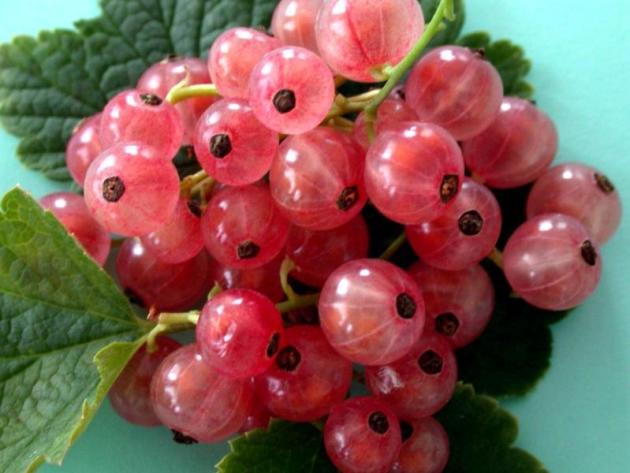
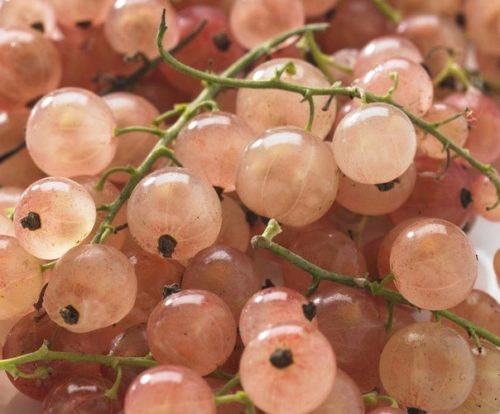
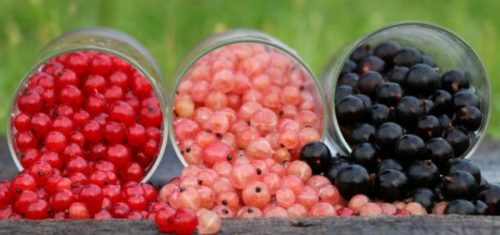
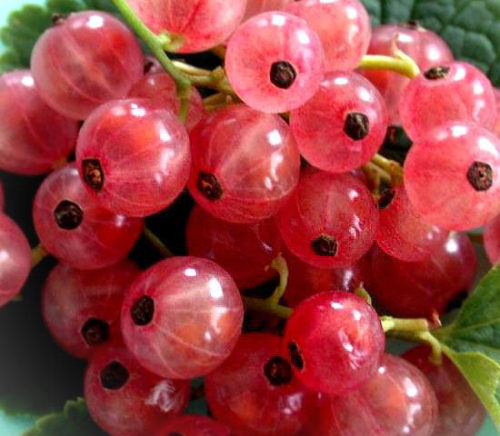
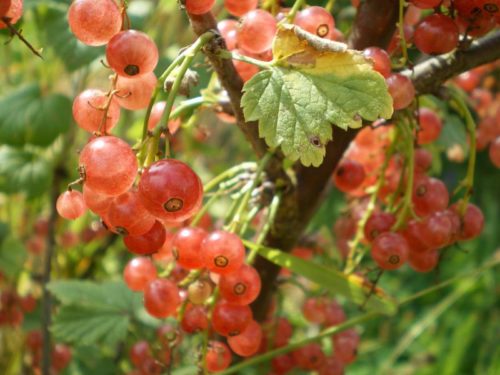
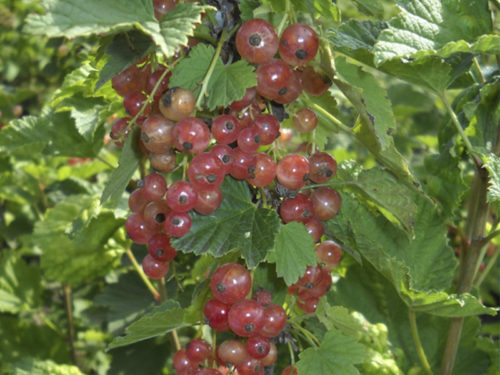
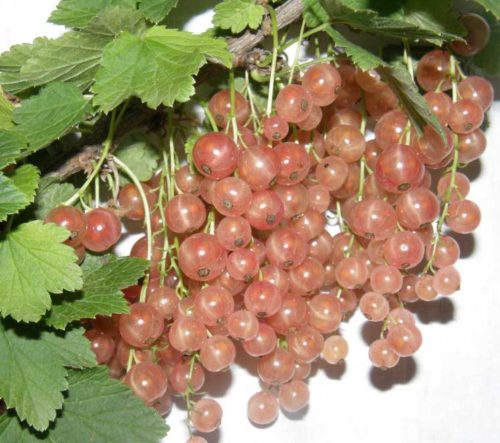
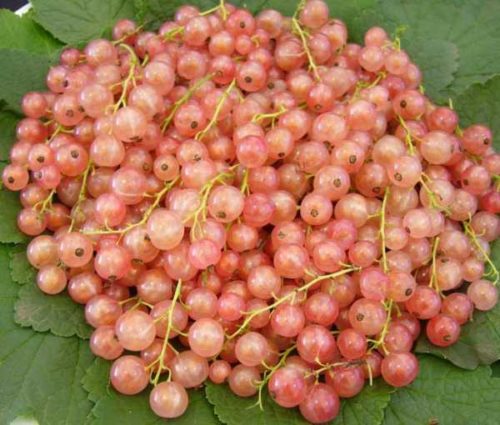

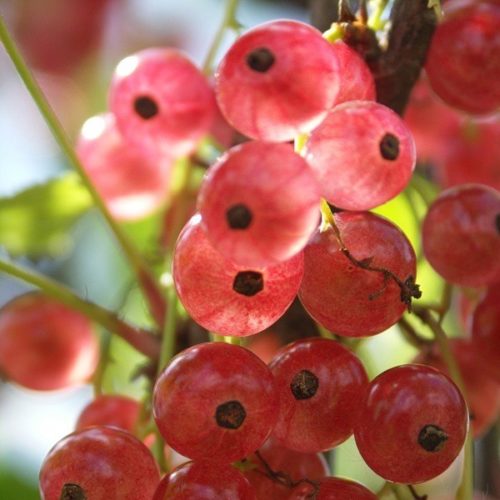
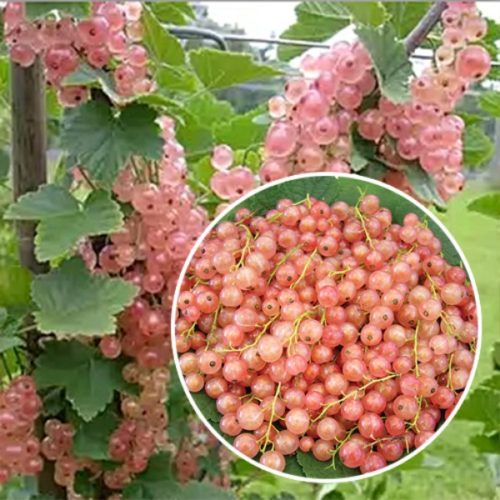
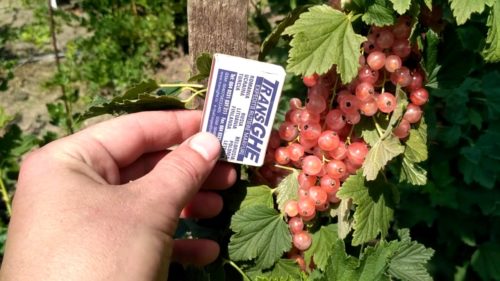
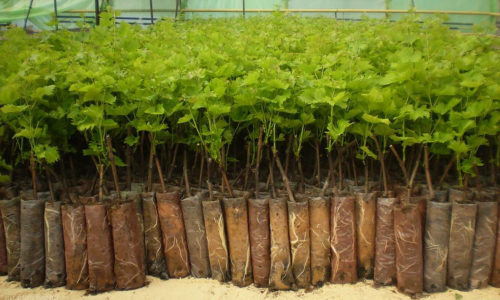
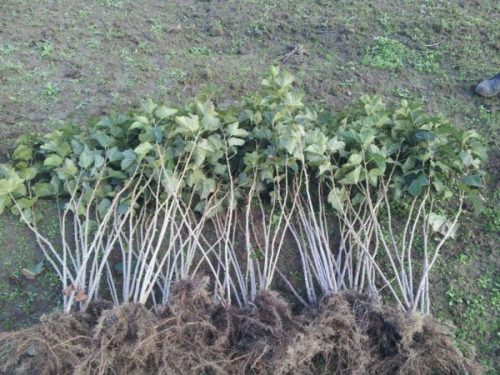
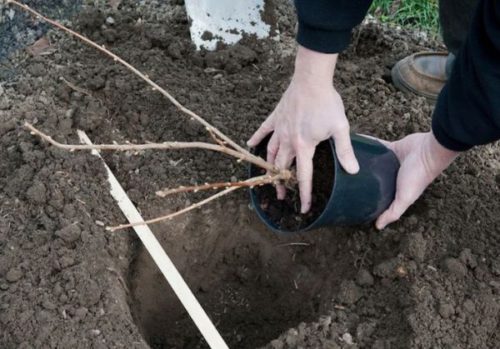
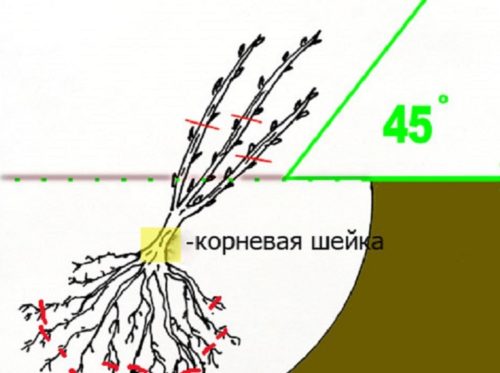

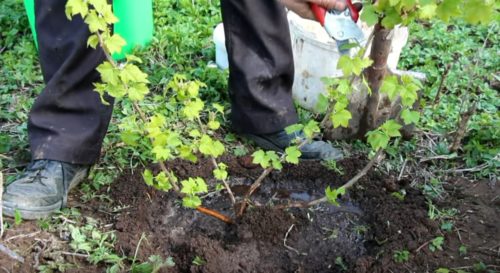
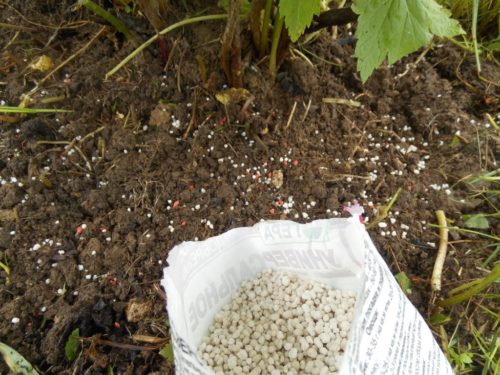

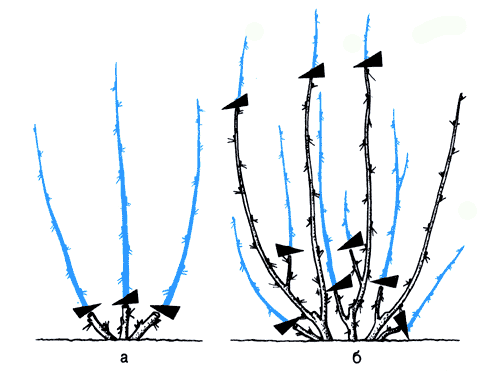
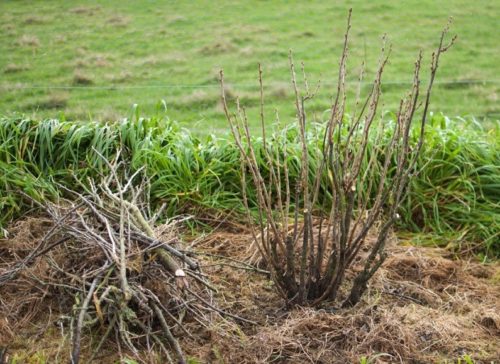
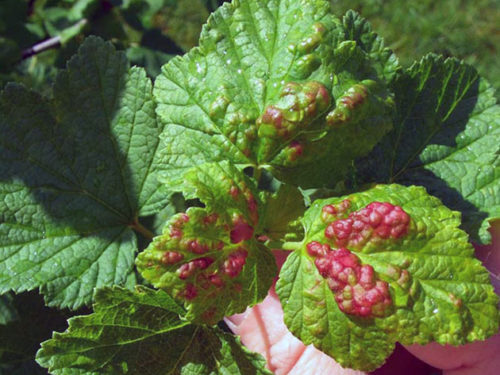
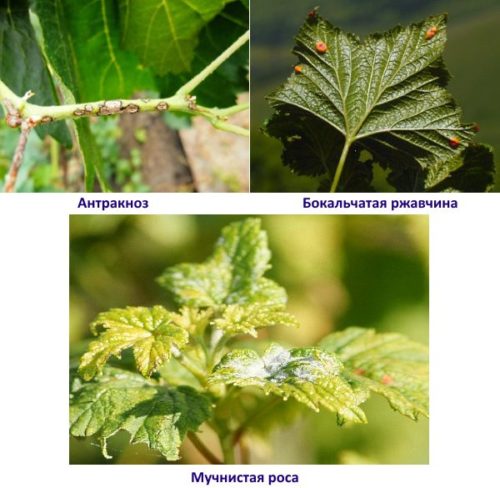
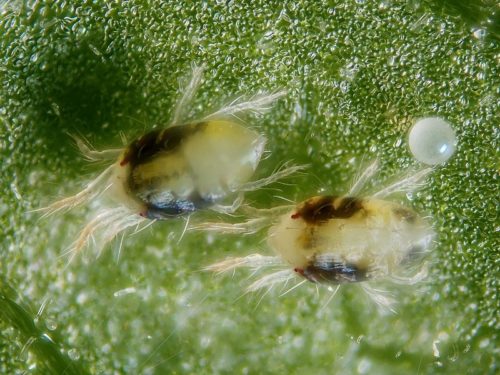
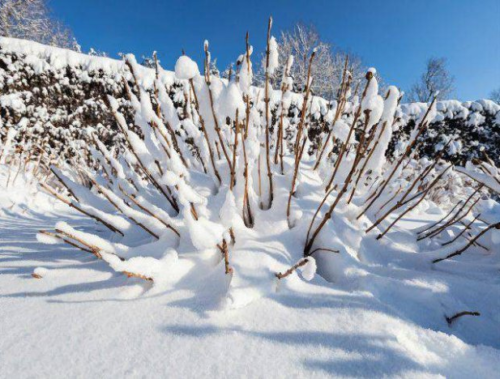

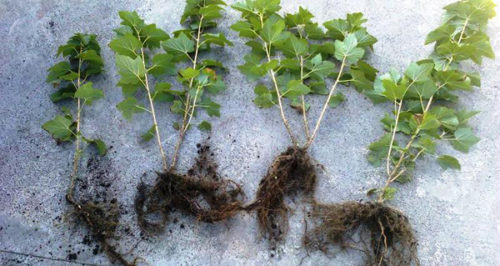
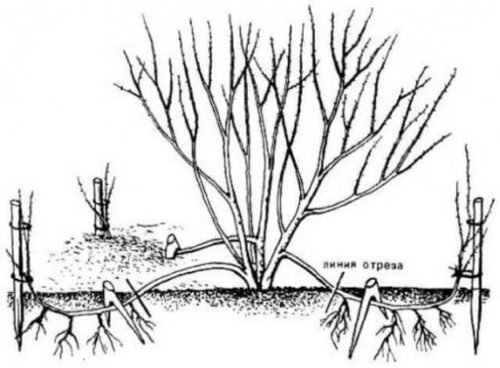
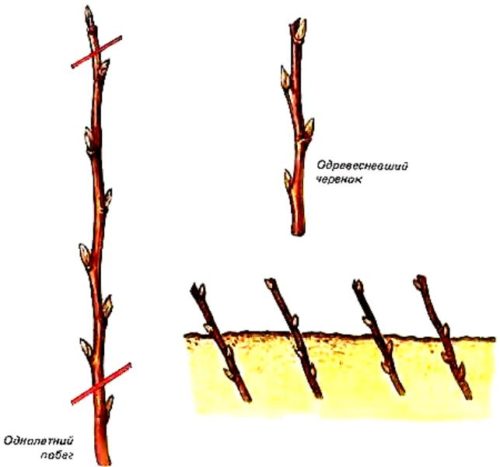
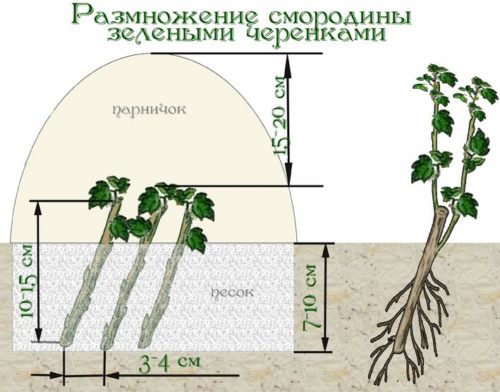
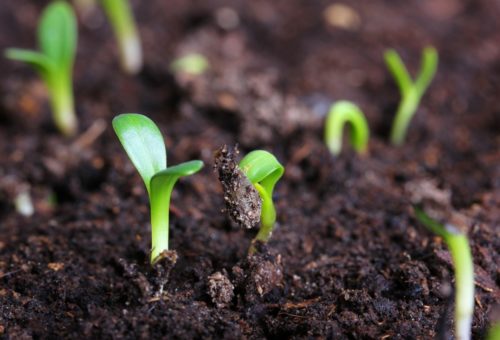
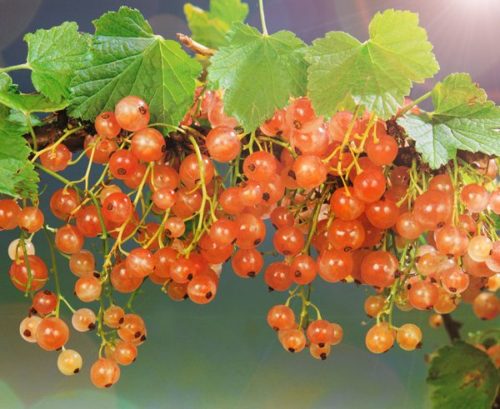
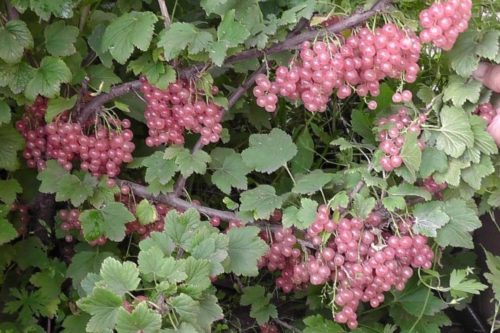













 Start a discussion ...
Start a discussion ...